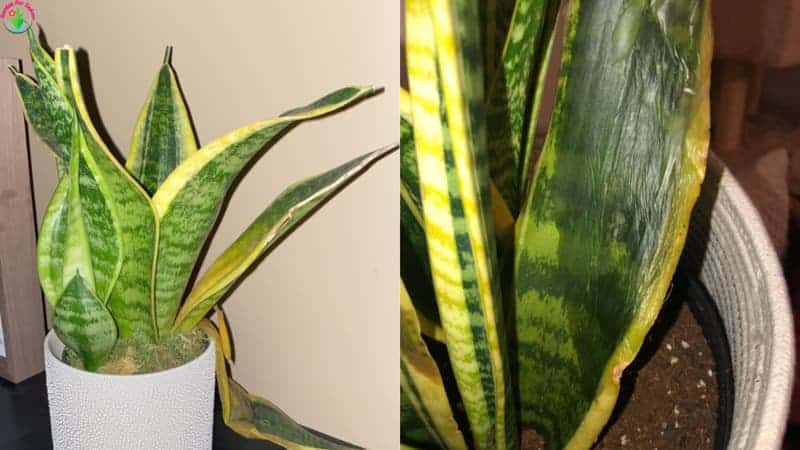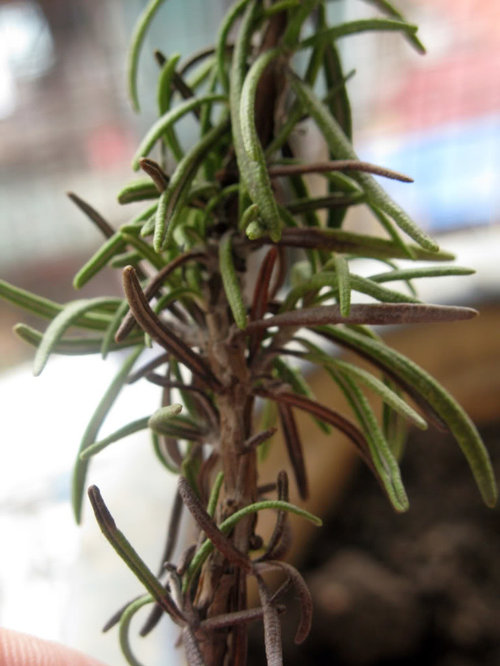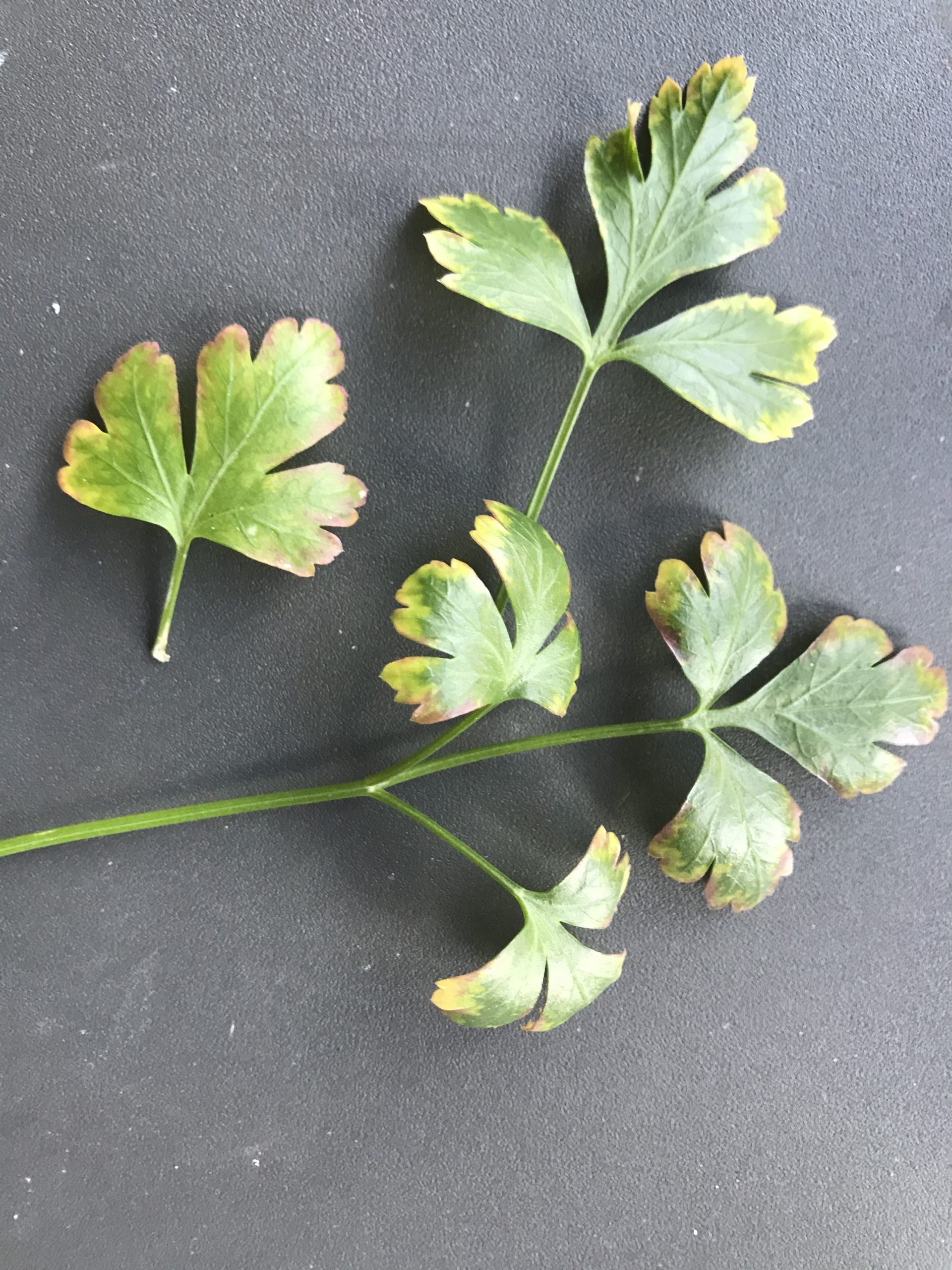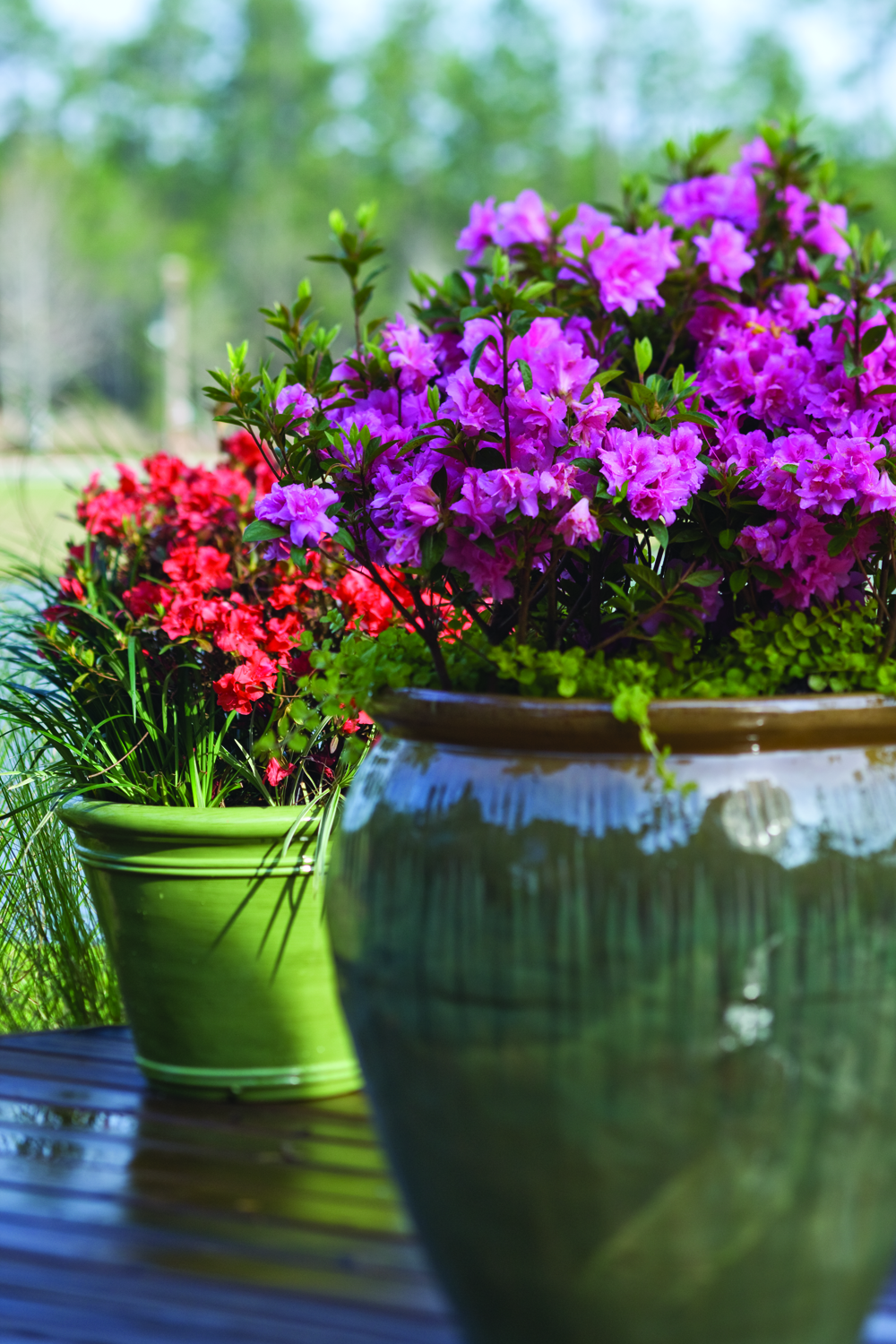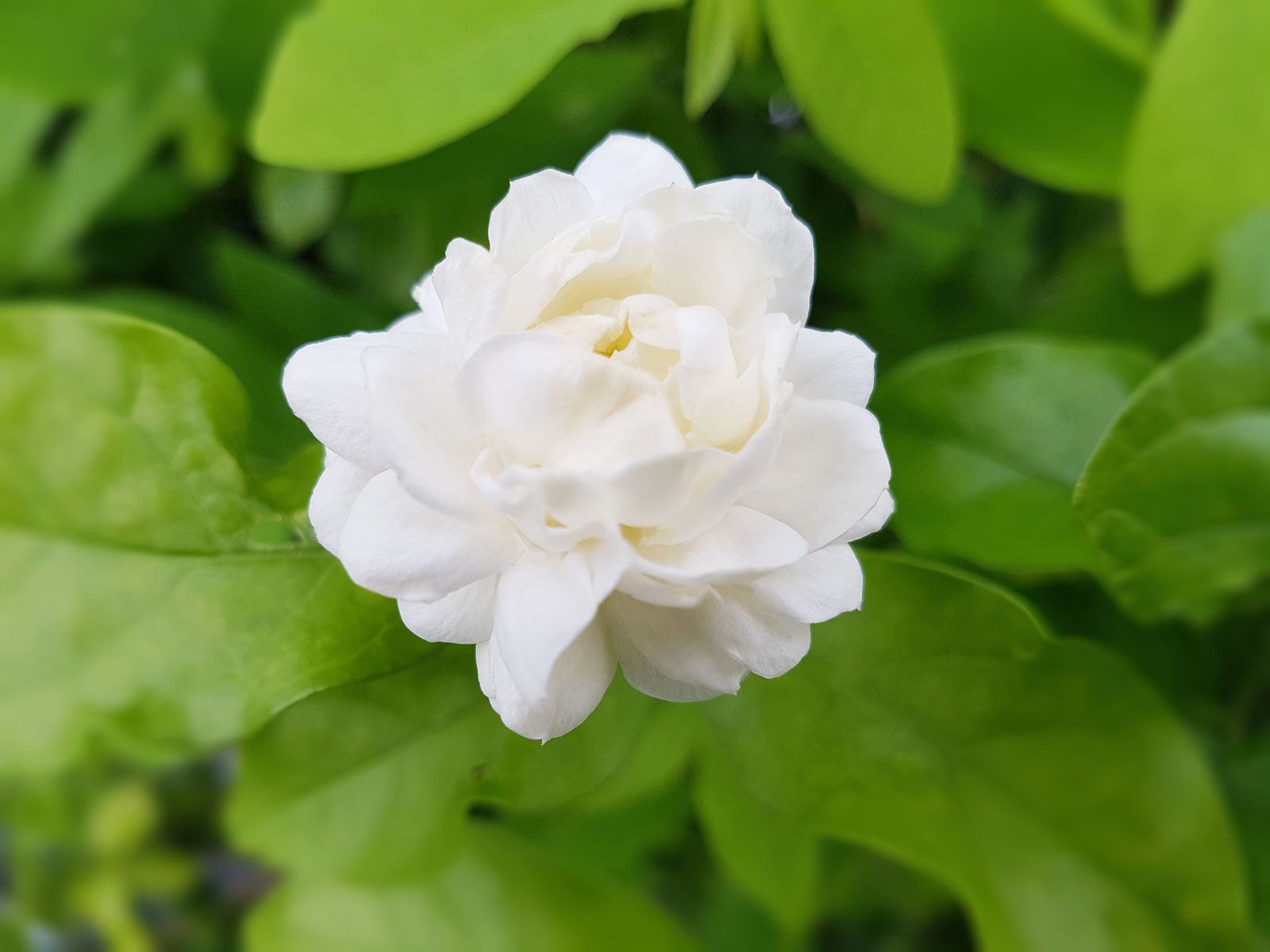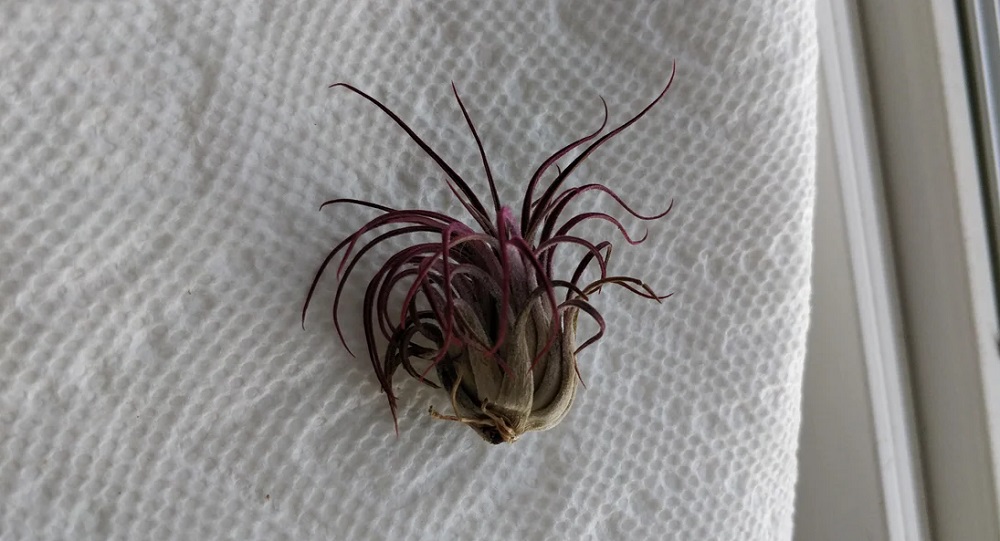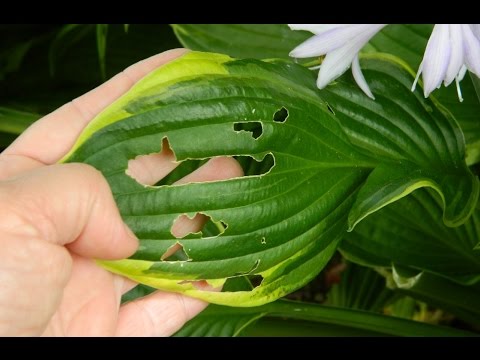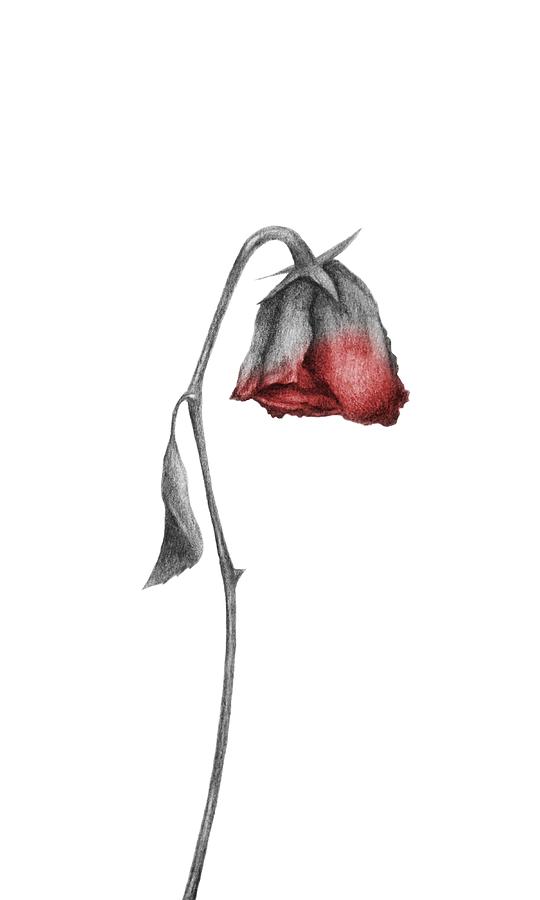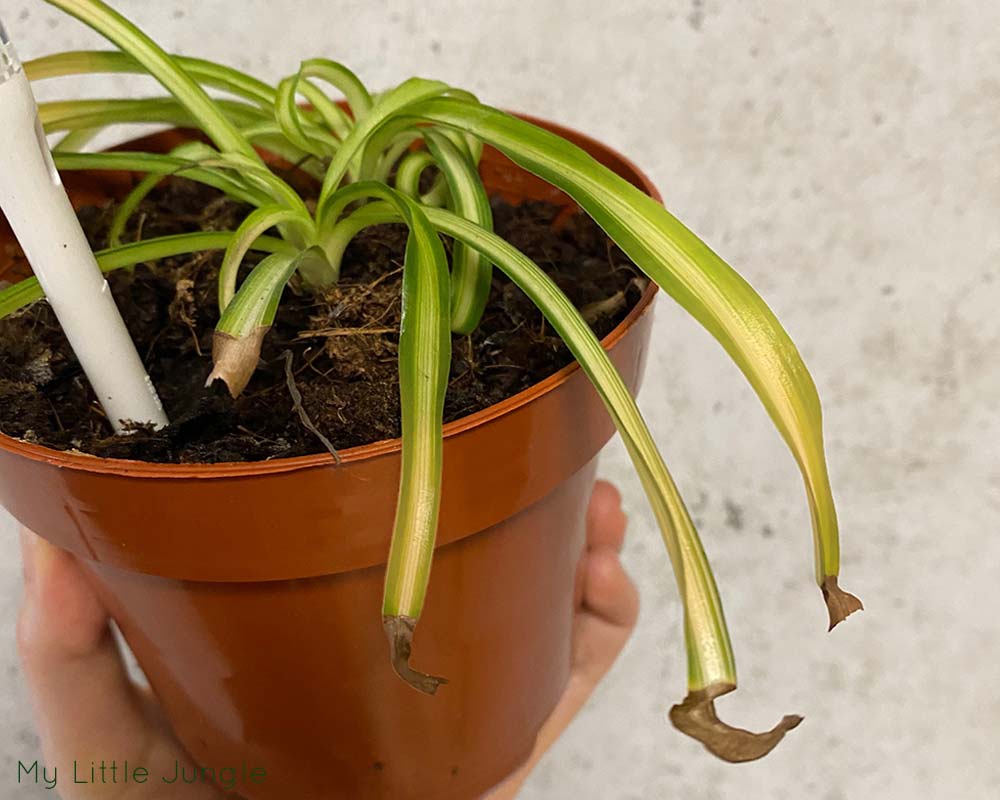How to Revive a Dying Snake Plant
Overwatering and poorly draining soils are the main causes of dying snake plants, which result in its leaves turning brown or yellow and drooping. Snake plants cannot survive in the cold and will perish at temps below 50°F. A dying snake plant needs to be placed in an area with brilliant indirect light rather than …

